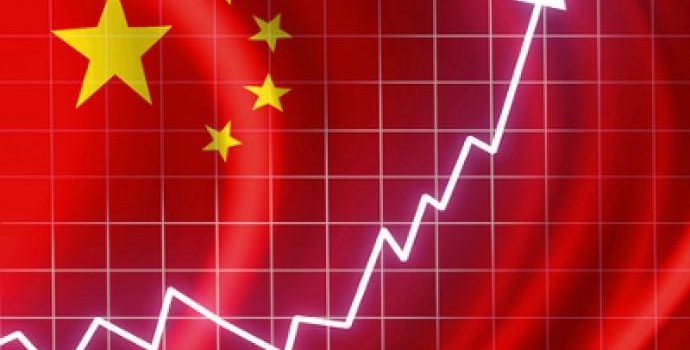)
The world’s largest emerging economy, China, is predicted to have seen a steady 6.7% growth during the final quarter of 2016. Aided by higher government spending and generous bank lending, the tailwind heading into what is expected to be a turbulent 2017 will give the country a good head start. However, the government’s decision to dramatically increase stimulus to keep growth steady may come with troubling consequences as they now must figure out how to keep growth steady while handling the payments on the explosive growth in debt. Final numbers will be released later in the day, Friday, Jan 20th.
The growth in the housing market in China is beginning to level off, and the government attempting to pass major structural reforms help deal with the root-cause of the rising debt and housing risks, but they may have a negative impact on short-term economic growth. Their export market has also slowed down over recent years, and could face more pressure this year of US President-Elect Donald Trump follows through on his campaign rhetoric to impose protectionist policies to protect American manufacturing jobs.
Economists are predicting stable growth moving into the beginning of 2017, but are expecting a slowdown in the second quarter. The aforementioned massive fiscal and credit stimulus will place a huge burden on government spending, possibly exceeding 285% of GDP for the year. As of the beginning of 2017, China has seen it debt nearly double since 2008. There is no doubt the growth rate is in better condition now than a year ago, but it is still the weakest since the global crisis of 2008.
Commodities are likely to rise on the good news on the economy coming out as they have already been boosted by record Chinese imports of crude oil, iron ore, copper, and soy beans. However, if the finalized numbers fall short, it is likely more capital will flow out the market and lowering demand for (and therefore value of) the yuan which last year hit 8.5 year lows.
Analysts are predicting the economy likely grew around 6.7% for the 2016 as a whole too – square in the middle of the government’s target range thanks in part to construction, boosted by the aggressive fiscal and credit stimulus. Policy sources reported to Reuters that it will lower its target for 2017 to 6.5%, giving them room to slow down stimulus and debt risk as they expect will be needed. Some analysts are predicting the central bank may tighten credit conditions to encourage debt heavy companies to deleverage, but most analysts agree there will be no rush to raise the interest rate despite the expected rise in inflation. Major risks include a cooling housing market as many local governments introduced more restrictions on home purchases to diffuse fears of a housing bubble.

